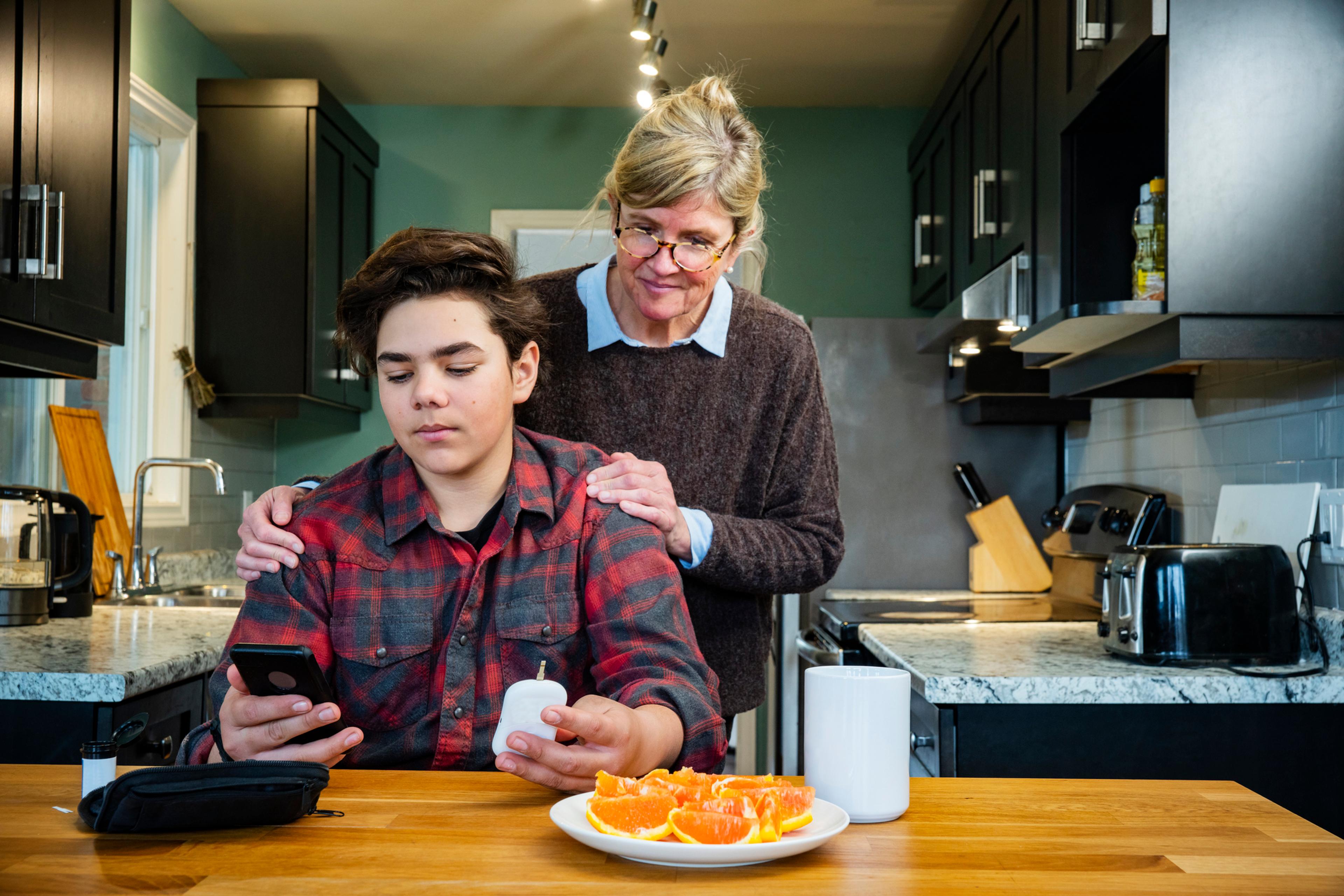Why Do Some People Love Getting Scared?
A Healthier Michigan
| 3 min read

Even if getting scared isn’t an enjoyable experience for you, you probably know someone who is a thrill-seeker or enjoys frights and scary movies, haunted houses or rollercoasters.
Humans have developed the feeling of getting scared into popular forms of entertainment. What is it about getting scared that is fun or enjoyable for some people?
What does getting scared do to the mind and body?
Fear initiates the “fight or flight” response. This physiological response is named that because it increases the ability of the body to respond to threats by fighting, fleeing, freezing or fawning. When we’re scared, our breathing rate and depth increases, pupils dilate, heart rate increases, and blood flow is prioritized to vital organs. This increases the available oxygen to the vital organs and muscles and can leave skin cool and clammy.
These reactions prepare the body for a rapid response to whatever threat or fearful stimulus sets off the fight or flight response. This can save your life or keep you safe when faced with actual danger, but you may also experience the fight or flight response by thrill-seeking or purposefully being scared.
When the body can’t determine between real threats and imagined or perceived threats, this can result in the fight or flight mode being activated when it doesn’t need to be. If this happens often, it can result in trauma, phobias or unanchored fears causing increased anxiety or stress. The fight or flight response can also be triggered voluntarily by exposure to stimuli meant to scare or frighten, which is enjoyable or thrilling for some people.
Why is getting scared enjoyable for some people?
This may sound like an intense physical or emotional experience to go through on purpose, especially if you are not the type who seeks out scary experiences. What do people get out of being scared?
Knowledge of real vs. perceived threats
In most cases, when people are seeking to be scared, there is a gap between the knowledge of the danger being imagined or manufactured and the emotional or physical response of fear. We know a haunted house or scary movie is an attraction filled with props and actors, but the body may react similarly to when confronted with actual danger. This allows for some people to enjoy manufactured fear while knowing they are safe in a controlled environment.
Fear-induced euphoria
When the fight or flight response is triggered, it includes increased adrenaline, cortisol, dopamine and endorphins being released. This can cause someone to associate thrill or euphoria with fear, which is stimulating and exciting for some.
Emotional outlet
Being scared also offers a chance to react emotionally in ways that are otherwise socially unacceptable. Screaming, jumping or crying are normalized responses to fear. Being scared allows people to let these emotions out in a time and place that is acceptable. This can relieve stress and pent-up negative emotions that otherwise may be hard to let out, according to the Cleveland Clinic.
Sense of accomplishment
There is also a sense of accomplishment or success that comes along with being scared, getting through it and coming out the other side of the experience. Some people seek to be scared in ways that directly affect specific fears or phobias they have, hoping to help get over them through exposure so they can respond better when surprised by perceived or imagined threats.
Some people simply get a feeling of accomplishment from having sat through a particularly scary movie or harrowing roller coaster ride. It can serve as proof to yourself that you can do hard things even when you fear them.
Related:





